The electricity situation is ridiculous now. I know we’ve faced this kind of shortage before, but it stings harder every time it happens. So, it’s easy to understand why some are looking for portable power stations to keep their shiny new Starlink kits running all day.
We’ve already talked about how much power a Starlink kit uses:
- The Starlink Standard Kit (Gen 3) consumes 75-100W.
- The Starlink Mini Kit consumes 25-40W.
Some users report that power usage spikes to around 100W only during boot-up and when searching for a signal. Once it’s locked on, many say the load typically drops to around 55W, which would be great for a battery-powered Starlink setup. However, it’s safer to plan for 100W usage just in case.
That said, there are instances where power consumption can exceed these numbers. Under peak conditions, especially in harsh weather, consumption may rise slightly above the usual range.
For example, when it’s too cold (which probably isn’t an issue here in Zimbabwe), the Starlink equipment’s built-in heating mechanism activates. When it’s too hot, the cooling system kicks in. Both of these increase power consumption.
Battery Life
If you’re using a regular car battery to power your Starlink, here’s what you can expect.
A typical car battery has about 576Wh of capacity. You’ll need an inverter to convert this to AC power, and most inverters are around 85% efficient. This means you can expect around 12-18 hours of power using the Mini Kit, or 5-9 hours with the Standard Kit.
However, car batteries aren’t designed for this kind of use, so you might want to consider investing in a deep cycle battery and inverter setup. These batteries can have capacities of 1,200-2,400Wh, which would give you 2-4 times the runtime of a car battery.
For example, Union Hardware sells the Fortu deep cycle battery for about $358, which has a capacity of 2,400Wh (12V, 200Ah). You can shop around for similar batteries with these specs, or even cheaper ones with 1,200Wh.
You’ll also need an inverter. If you’re only powering your Starlink, you can opt for a smaller inverter. You can pair one with the deep cycle battery for less than $200. For instance, a 12V/600VA inverter costs around $120.
Example Setup
With that battery and inverter setup, here’s an estimate of how long you could run your devices. Let’s assume your Starlink uses 100W, and you plug in a few laptops and phones that draw an additional 200W.
With a 2,400Wh battery and 85% efficiency, you’d have: 2400Wh×0.85=2040Wh.
Dividing this by 300W gives you about 6.8 hours of usage.
Do remember that these estimates are theoretical and based on ideal conditions. In real-life scenarios, factors such as battery age, efficiency losses, inverter quality, and environmental conditions can affect the actual runtime and performance of your system.
Less Power-Hungry Routers
If you go with Econet’s SmartBiz, typical routers consume around 12-18W—significantly less than even the 25-40W of the Starlink Mini Kit.
However, if you also have devices that consume around 200W, the 82W difference from using a standard router would only add about 3 extra hours to your usage time.
Ask the Experts
What we’ve discussed is a barebones system that can keep your Starlink online. Otherwise, you could end up paying Elon Musk $30 or $50 a month, only to watch your little white dish gather dust on the roof.
If you want a proper battery and inverter setup, or even one powered by solar, talk to the experts. They’ll help you design a system that meets your needs.
You’ve already invested in the Starlink kit, so you might as well make sure you have the power to use it.
Also consider options like Portable Power Stations. They can be easier to deal with albeit more expensive per unit of power you get.
UPS Considerations
Some people are asking about UPSs. You don’t really need one.
A UPS (Uninterruptible Power Supply) is a device used to bridge the gap between power sources, such as when ZESA suddenly cuts out and you need to switch to solar or a generator. It provides protection for sensitive equipment and gives you time to switch power sources without damaging your devices.
However, if you already have a battery system in place, it’s simpler to keep Starlink connected directly to the battery. This way, there’s no need to switch between ZESA and battery power.
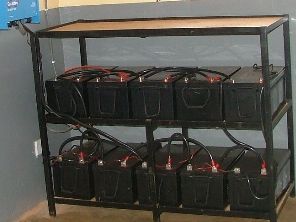

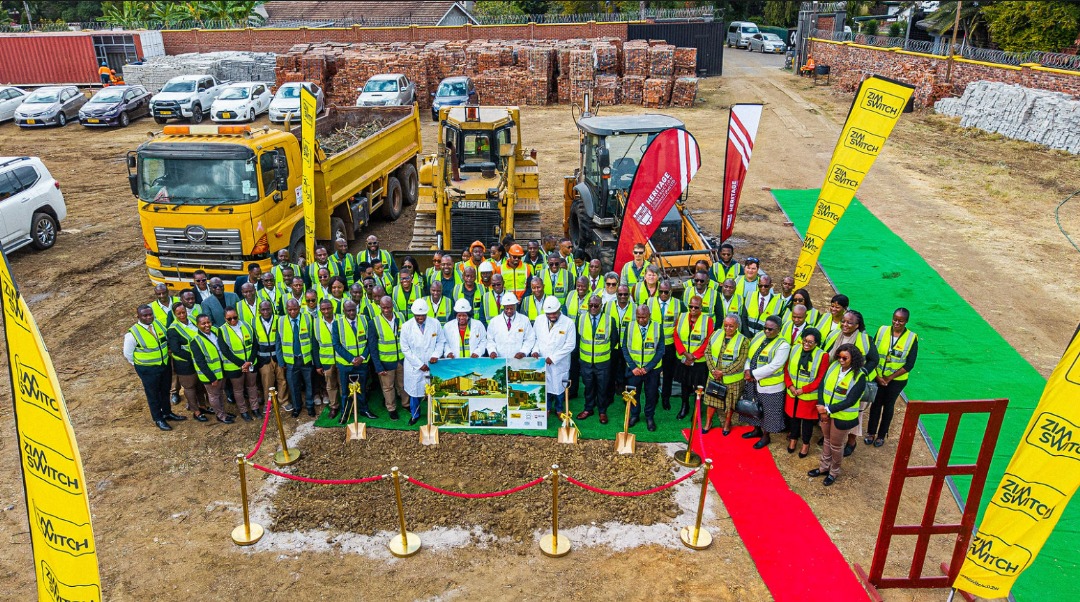


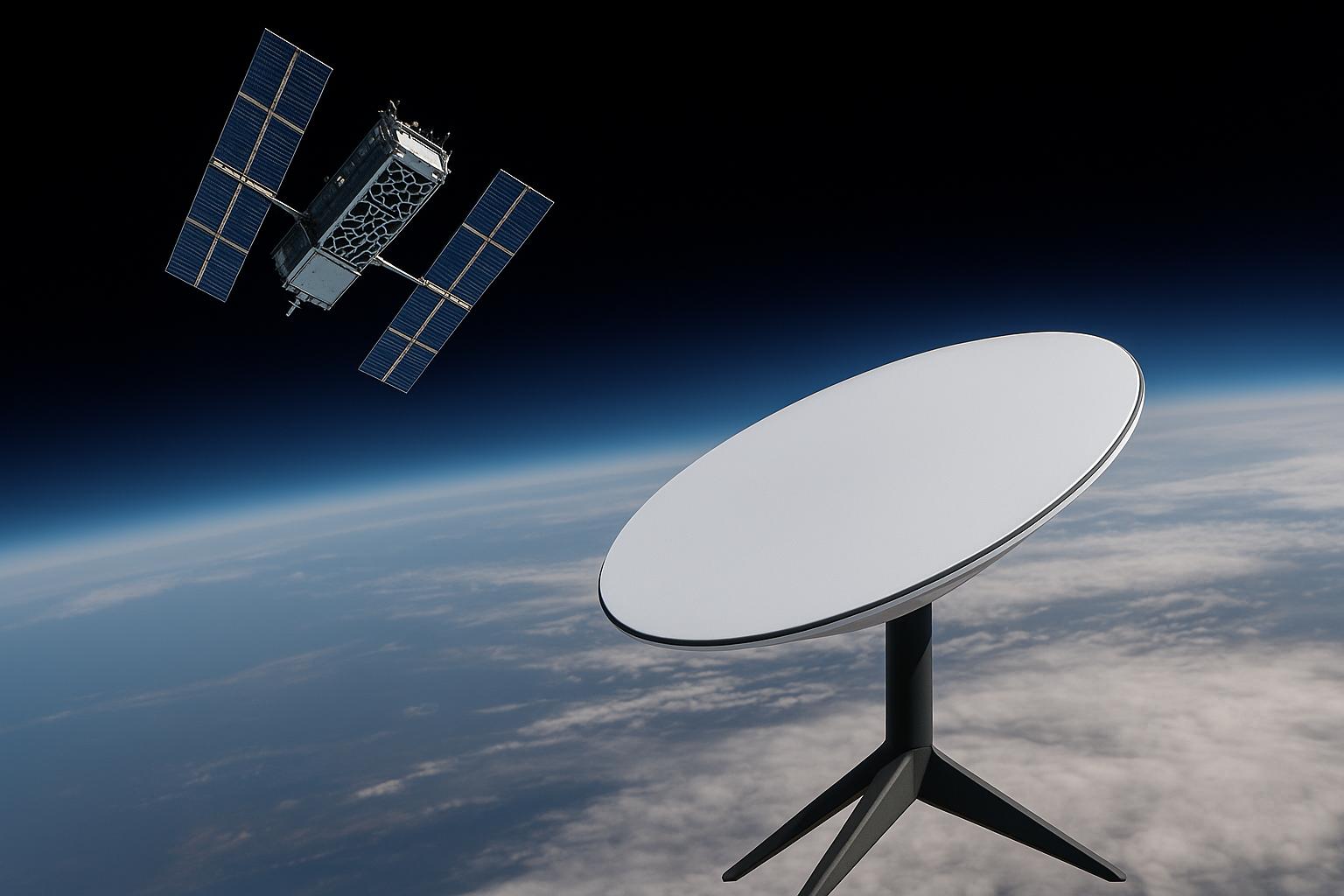

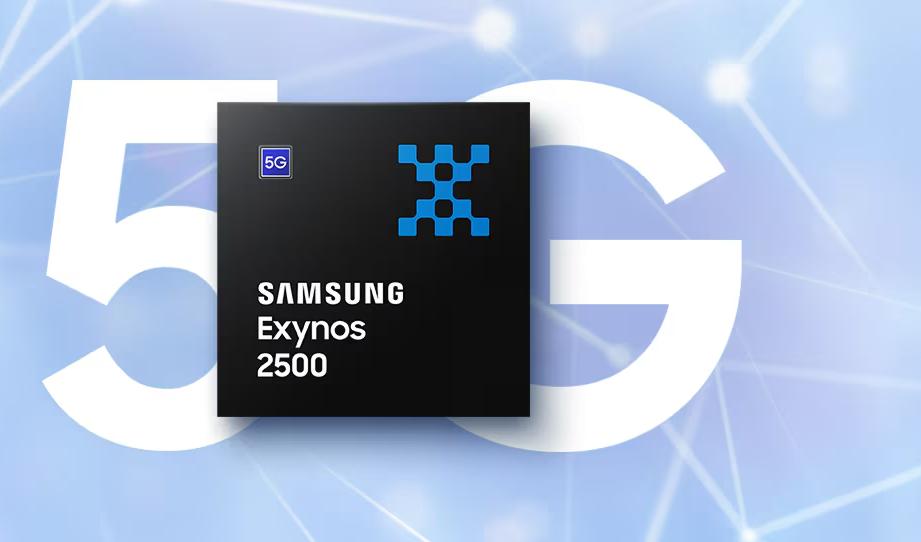

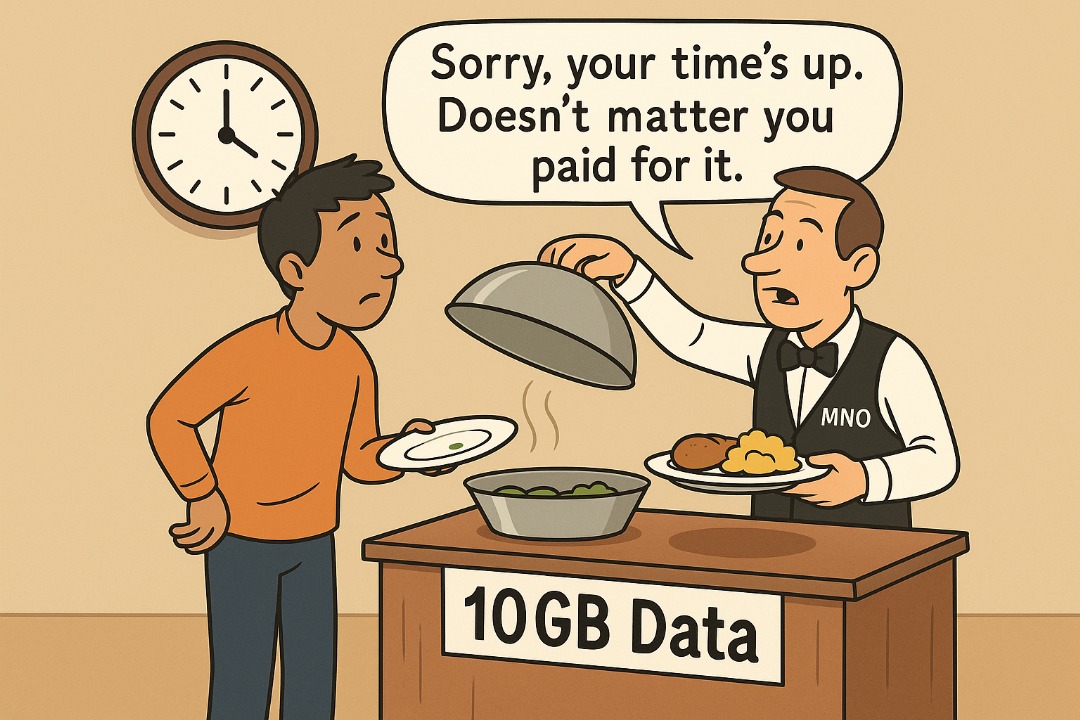



Comments
17 responses
For crying out loud . We need articles on other stuff e.g like dial delivery app is a 1 star app . Like anything besides starlink some off don’t own it and will never will coz we got other options. There is a bunch of new gadgets /AI fetures out there u guys can review like a lot and here we are talking bout starlink ALL DAY EVERYDAY . Even game reviews are better than all bout Starlink
Usazvidze nokuti ndinorangirira kuti pane akakumbira article iyi achida kuziva kuti solar ingashanda pa-starlink ndeipi.
Leo this is why most ppl i recommend this site say its useless. Like starlink all day make me so mad but ya . Well u are ppl with jobs and families but if ur a content creator we need other NEW stuff or the audience will leave srs. Like creat polls something of wat ppl want since the starlink articles shows u guys are lacking new content or watever . Game/App/Ai and many more reviews. Like i for one would love to see some app reviews like the spar app doesn’t work and many more special if the apps impact day to day life . Like the yomix app has a bunch of problems thats wat i want to here
A solar generator is also an option you can get a 1kva generator for about $450 and $650 for a 3kva.I find them cheaper but very useful,you don’t need any installation fees and you can also add more batteries to it.
Smartphone reviews please
deep cycle batteries are 200..
consider a 800 solar inverter
the fact that our lives are tied to invertors is ridiculous
Starlink yega here?😁
Put simply if you don’t have back up power of you are considering starlink then you should have at least USD$1000 $300 for starlink and $500 home power system.
So civil servants will benefit on this one from local entrepreneurs who offer credit facilities. Soon the kit will be ordered on creditfrom authorized dealers of starlink so no need to hurry. Kkkkk
Dolphin Telecoms is offering such a facility for civil servants.
As for me i ordered a mini kit im going just to buy a 12v 100-120 ah battery and an inverter so that i can just charge the battery over night and power up my starlink the whole day.
You can add a 300w 12v solar panels so that it runs directly from solar during the day and you use the battery at night. With a 100ah battery you can power lights, 42inch tv and the mini for 7+hours during the night
That’s nice.
I posted a comment begging for Techzim to diversify their articles. It was the very first comment just a few minutes after the article had been posted. Now it has been deleted. I’ll blame a “software bug” for the deletion.
Since I’m allowed to comment as many times as I want, I’ll once again tell you to diversify your content. Please bear in mind that people actually visit this website so it’s important to write about other things every once in a while. Anything other than Starlink. Literally anything, even your opinion on things. You could even tell us how your day was, we’ll read and tell you how ours went.
Thanks.
Good article but you missed something.
You should only cycle a car battery up to 40% and a deep cycle up to 60% (80% in rare / extreme cases).
So not all the power in a battery is available for use, if you want to maintain battery health for as long as possible and want to be able to fully charge it in the 10 or so hours you actually have mains power.
Here is my 2zig contribution. If you have zesa during the night you can get a battery and inverter only and use that during the day. If your panel and inverter are good enough you could run the starlinks directly of sunlight power during the day without using the battery power, this increases your usage time, budget matters to some of us and know that cheaper solar options can be found pa 300 iyo unowana inveter panel baterry controller ne tambo dzacho.
*Russian🇷🇺
If the Starlink Mini has a power input rating of 12-48V DC (60W), why do you need an inverter to run it off a DC battery?